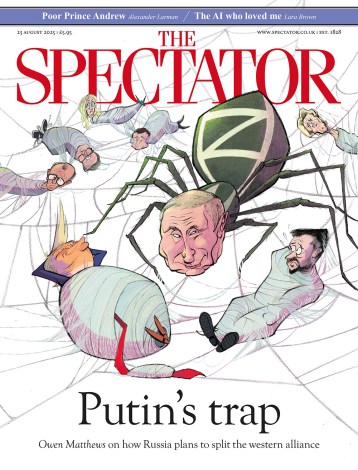Timeless verities
Marylebone is the pleasant departure-point if you’re taking the train to Aylesbury from London, and what better way to spend a spring day than an outing to the gentle Buckinghamshire countryside to see a celebration of its merits by fine artists. Upstairs at the Bucking-hamshire County Museum, near St Mary’s Church, is an excellent small exhibition of pictures and sculptures by artists who lived and worked locally in the 1920s and 30s. The principal exhibitors are John and Paul Nash, Clare Leighton, Eric Gill and David Jones. Their work offers a richly textured display of art and craftsmanship, a deeply heartening affirmation of the still considerable glories of our countryside.
